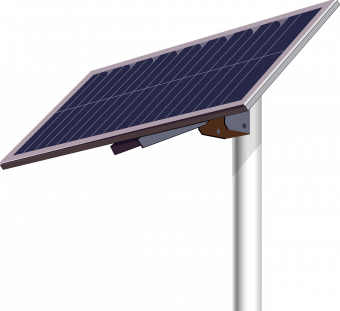
A UK firm that develops street lighting that is fully powered by renewable electricity has launched in Greater Manchester, backed by £1.5m investment from its founder.
Solar Street Lighting, founded by North West businessman and property investor Navid Dean, develops LED hybrid solar and wind-powered street lighting that is tailored to a site’s specific conditions.
The street lights are powered entirely by solar panels and wind turbines attached to each individual lighting unit, and are designed to reduce carbon emissions as well cut energy costs for local authorities.
Dean said his investment in the business – which is a joint venture with Chinese lighting technology firm Gloria Technology – helped Solar Street Lighting to acquire a 30,000 square foot premises at the Ivy Business Centre in Failsworth comprising an office, showroom, and distribution centre.
According to Dean, the firm’s aim is to provide sustainable, affordable, off-grid street lighting that is free from day-to-day running costs.
“In the UK alone over four billion KWh of electricity is consumed by street lighting every year, costing approximately £500m and resulting in over 1.9 million tonnes of carbon dioxide being produced,” said Dean. “By combining wind and solar power with high efficiency LED lighting, our street lighting solution will help to dramatically cut energy bills and reduce carbon emissions.”
The company is not the first to focus on low carbon street lights. Danish lighting firm Scotia earlier this year revealed plans to install the first wave of trial solar-powered street lights in London. Its Monopole street light technology collects solar energy during daylight hours and stores it in batteries after sundown.
Meanwhile, a number of UK councils are turning to LED street lights, which rely on power from the grid, but promise to slash energy use and bills.
Source: businessgreen.com


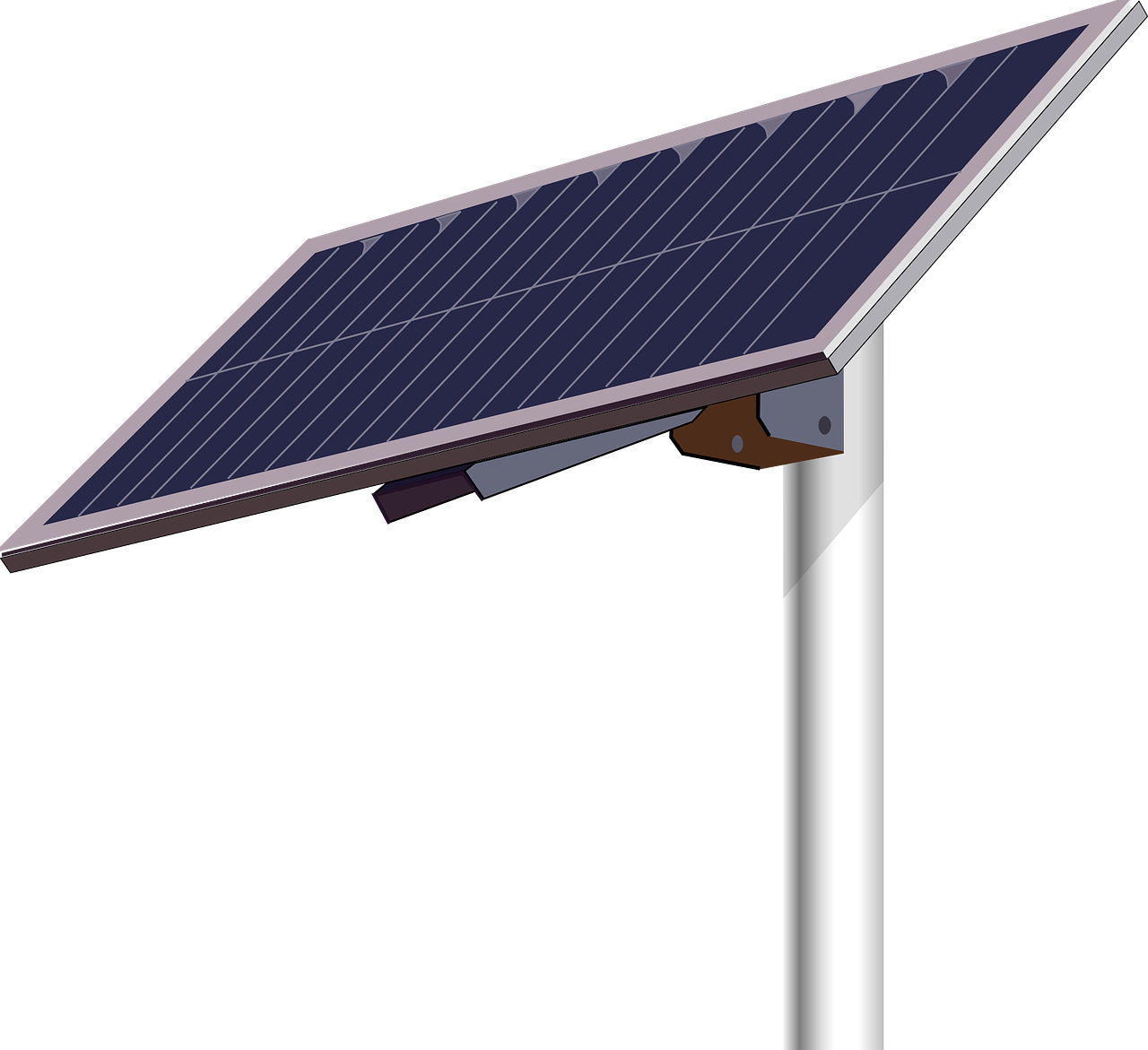

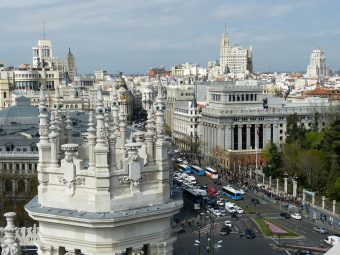



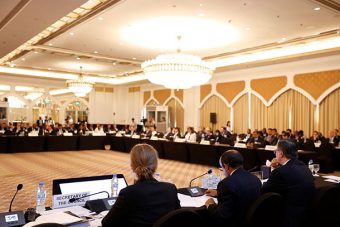 More than 300 high-level government representatives from 100 countries – the largest number ever represented at an IRENA Council meeting – gathered yesterday in Abu Dhabi to attend the 12th Council of the International Renewable Energy Agency (IRENA).
More than 300 high-level government representatives from 100 countries – the largest number ever represented at an IRENA Council meeting – gathered yesterday in Abu Dhabi to attend the 12th Council of the International Renewable Energy Agency (IRENA).

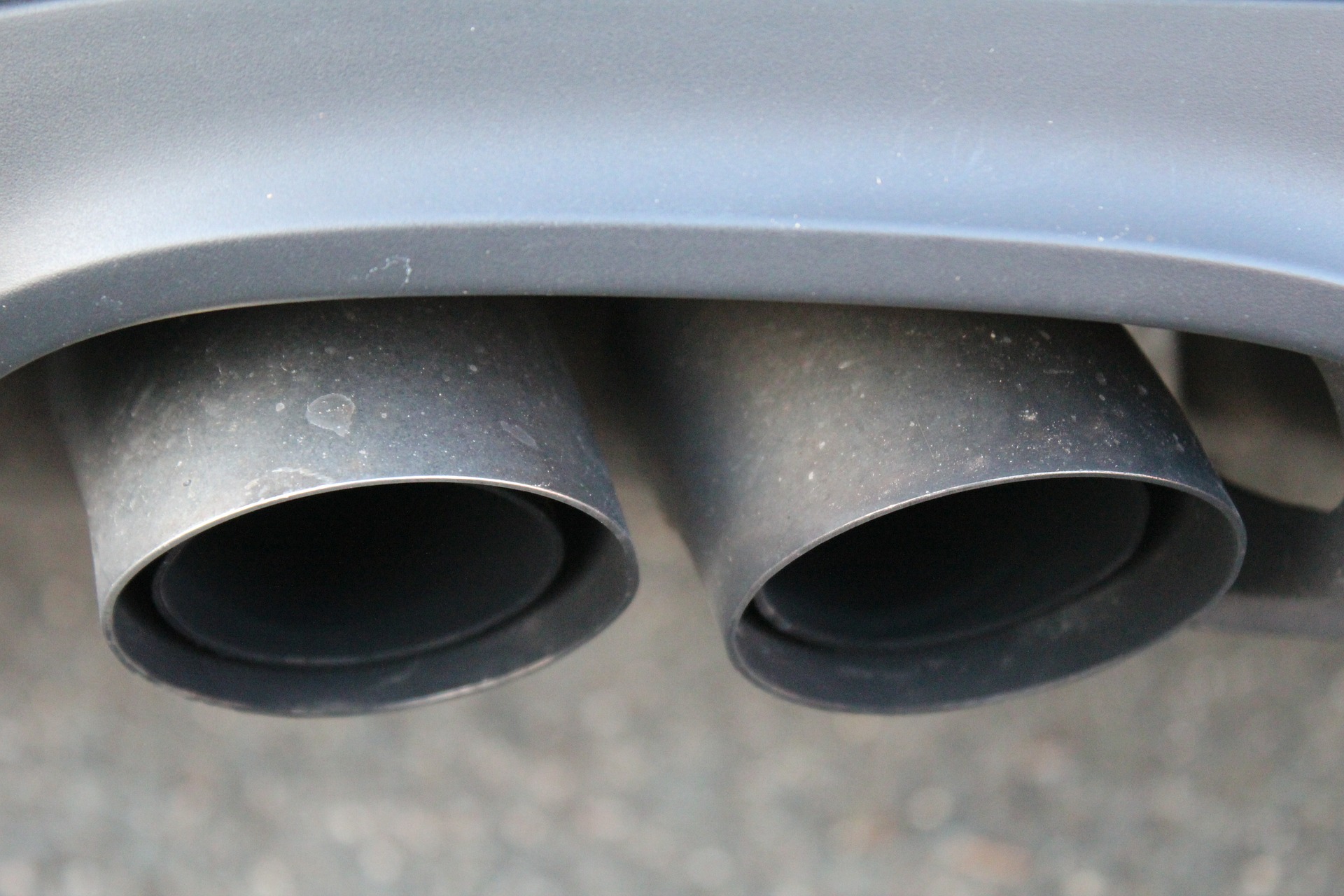

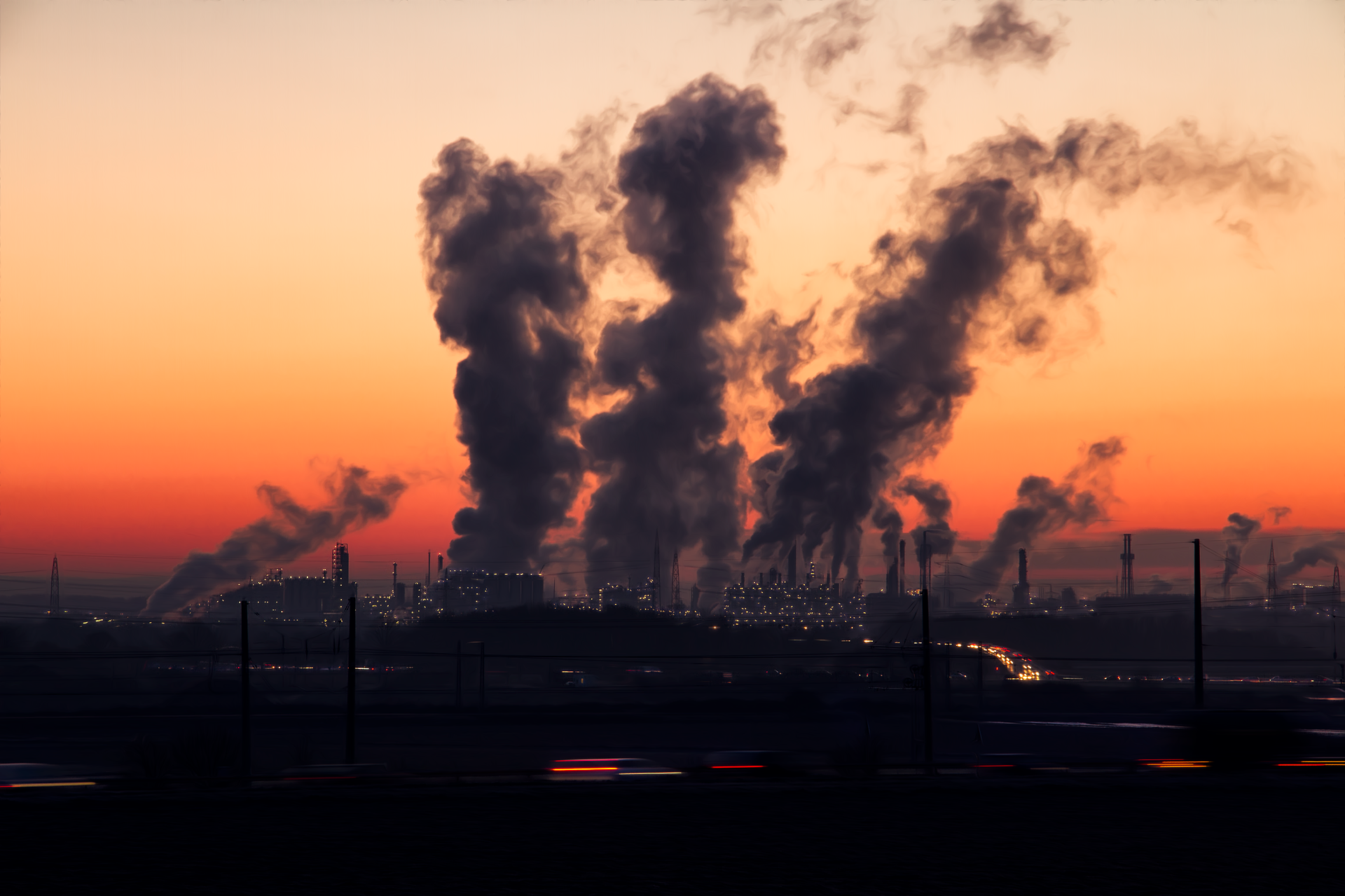
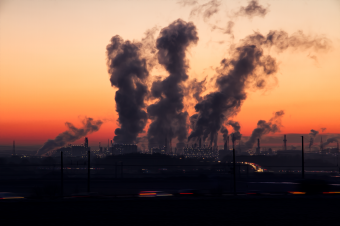
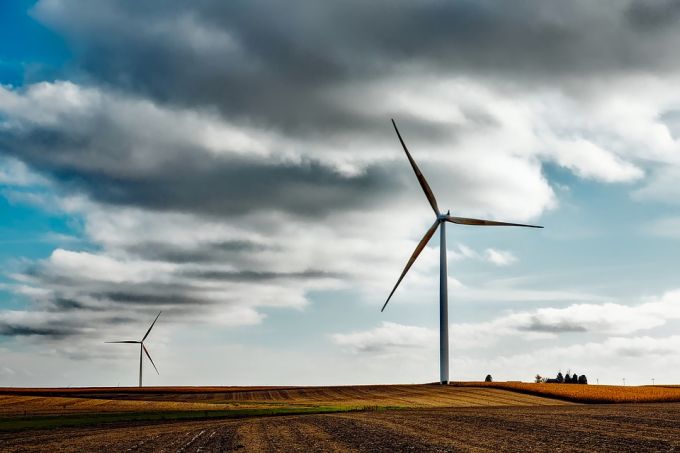
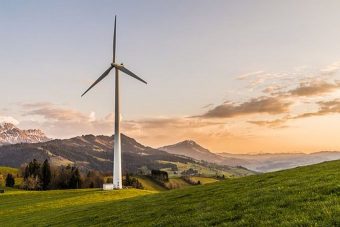
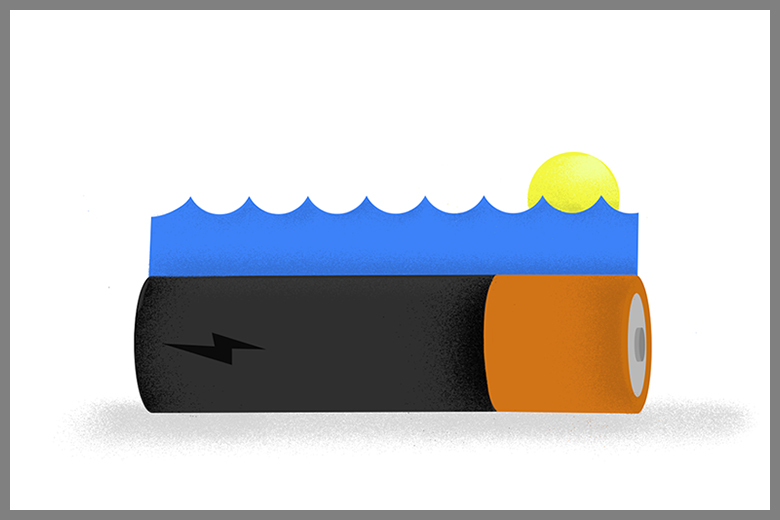
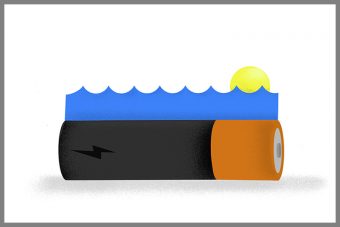




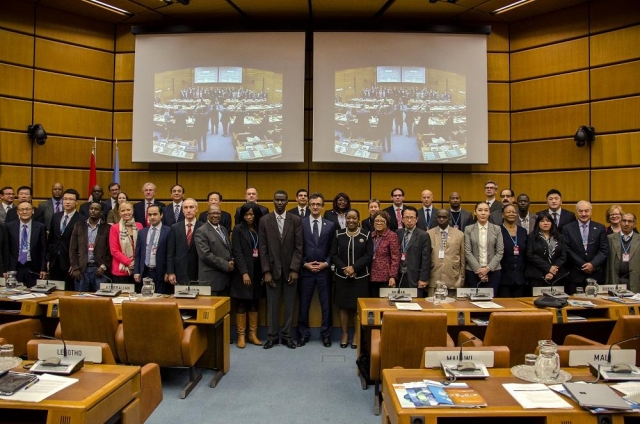


 Burning global issue of greenhouse gas emissions (GHG) reduction was the topic of last week in Belgrade meeting that gathered representatives of Ministry of Agriculture and Environmental Protection, UNDP, Embassy of France in Serbia and Embassy of Morocco in Belgrade, who discussed the best measures for reduction of GHG in municipalities. The meeting was organized ahead of the 22nd Conference of the Parties to the United Nations Framework Convention on Climate Change that will be held on November 7-18, 2016 in Marrakech, Morocco.
Burning global issue of greenhouse gas emissions (GHG) reduction was the topic of last week in Belgrade meeting that gathered representatives of Ministry of Agriculture and Environmental Protection, UNDP, Embassy of France in Serbia and Embassy of Morocco in Belgrade, who discussed the best measures for reduction of GHG in municipalities. The meeting was organized ahead of the 22nd Conference of the Parties to the United Nations Framework Convention on Climate Change that will be held on November 7-18, 2016 in Marrakech, Morocco.
 Nelt has released its first “Distribution with care” Sustainability Report in line with the international GRI reporting standard.
Nelt has released its first “Distribution with care” Sustainability Report in line with the international GRI reporting standard.


